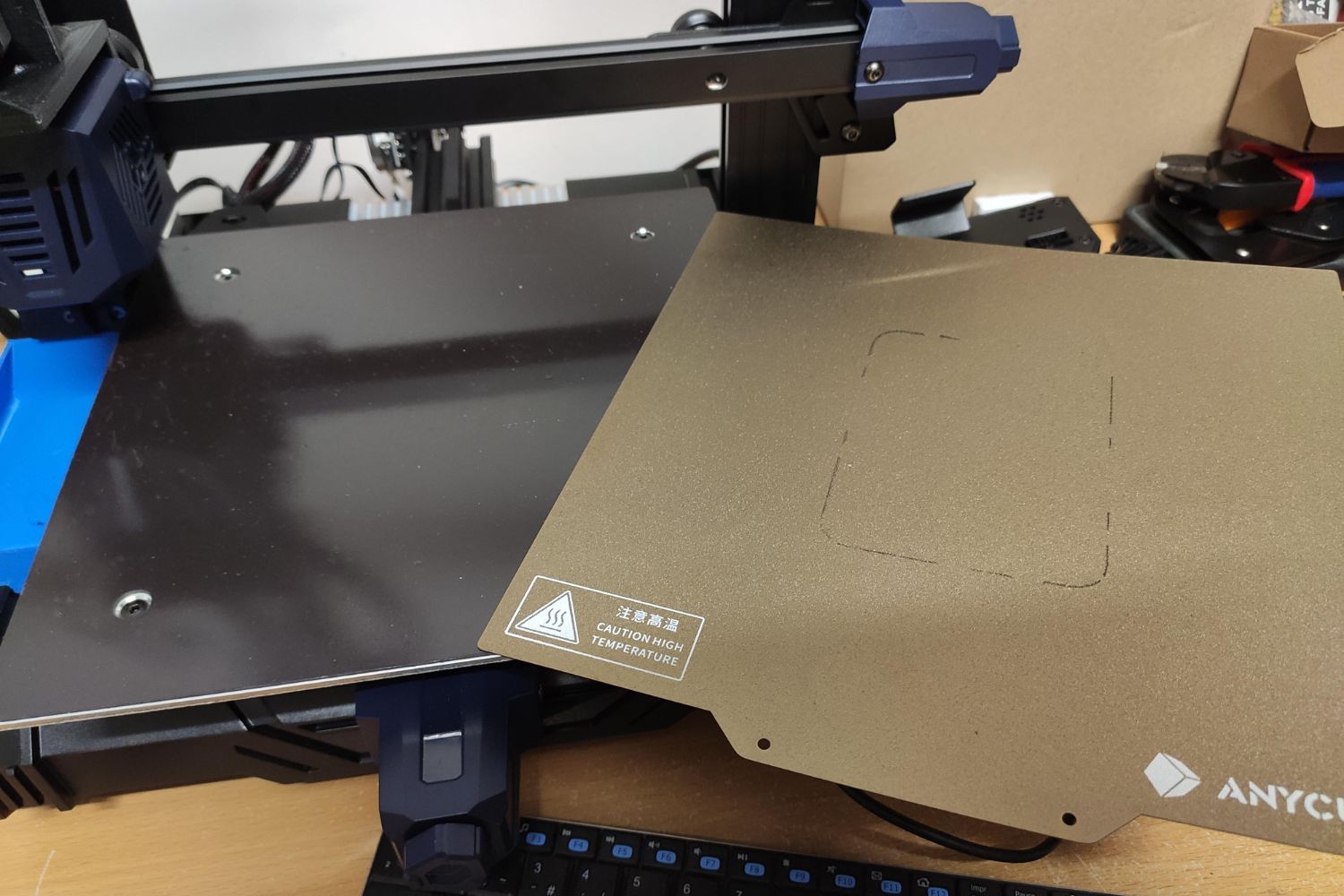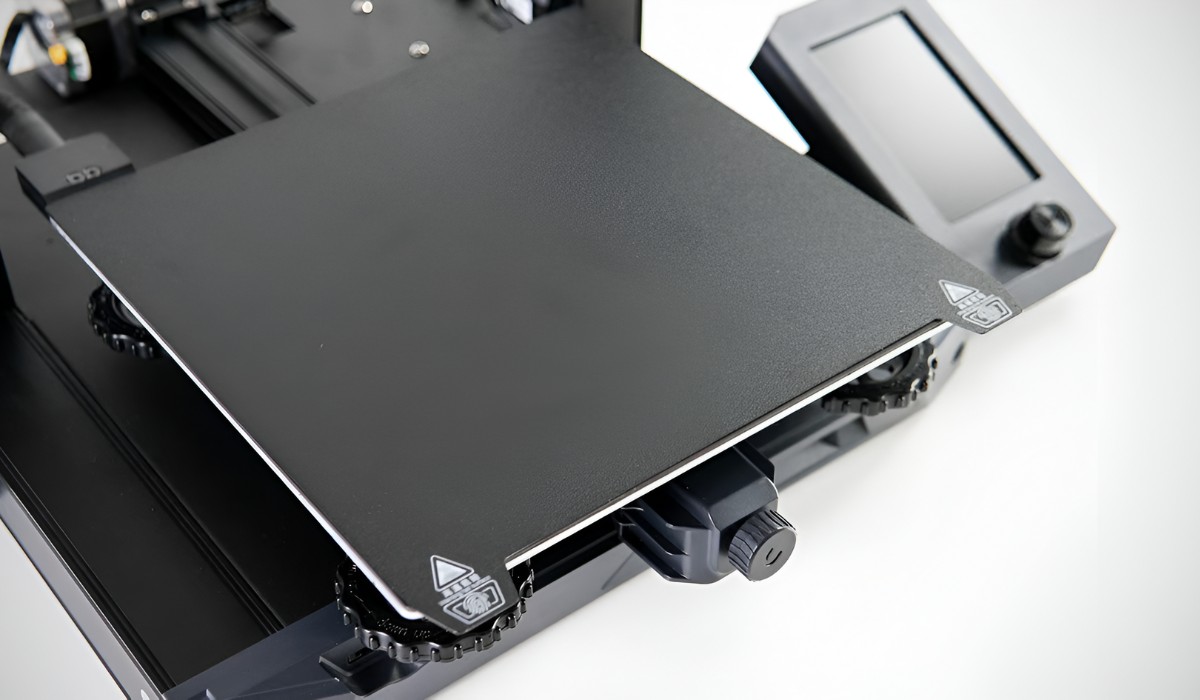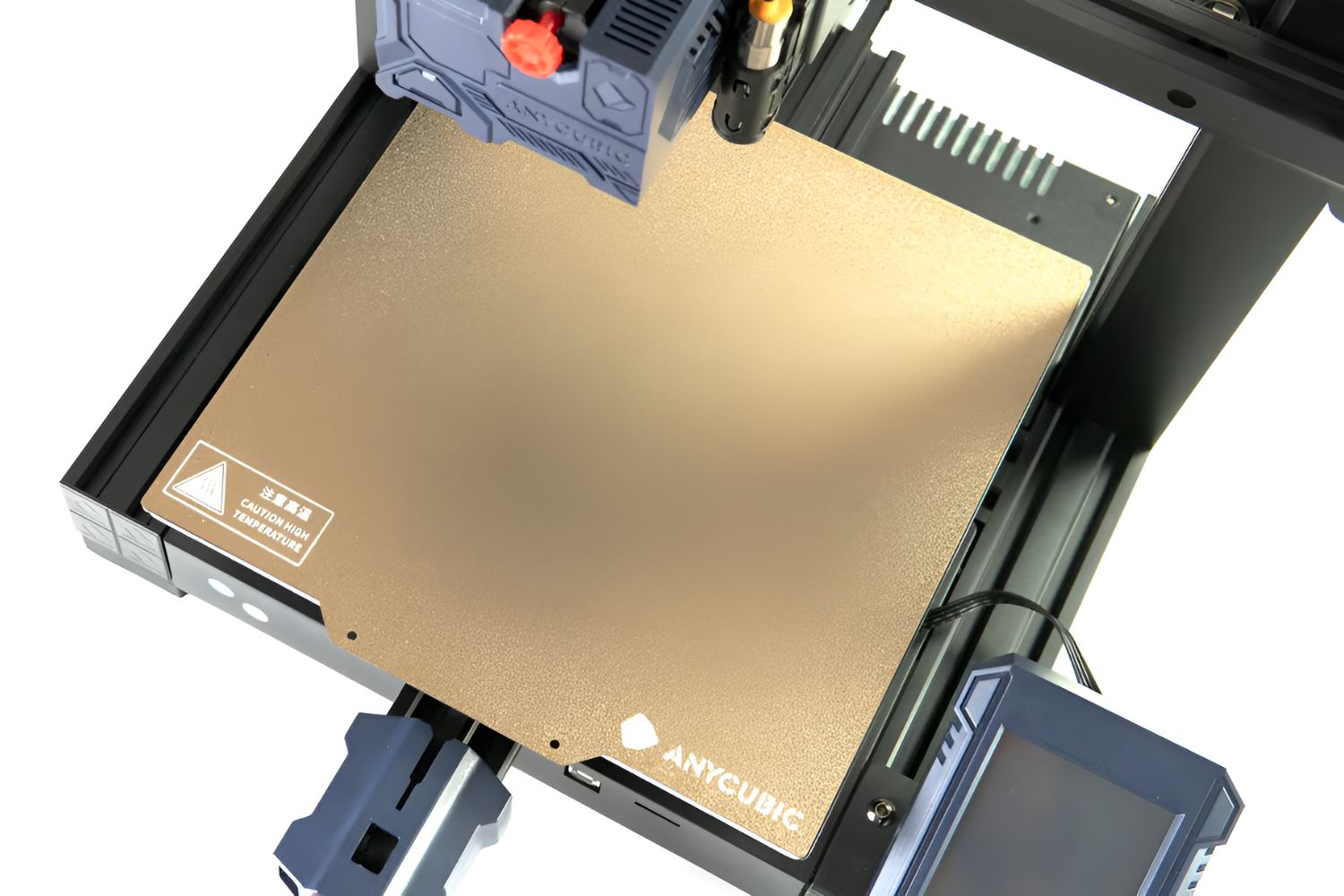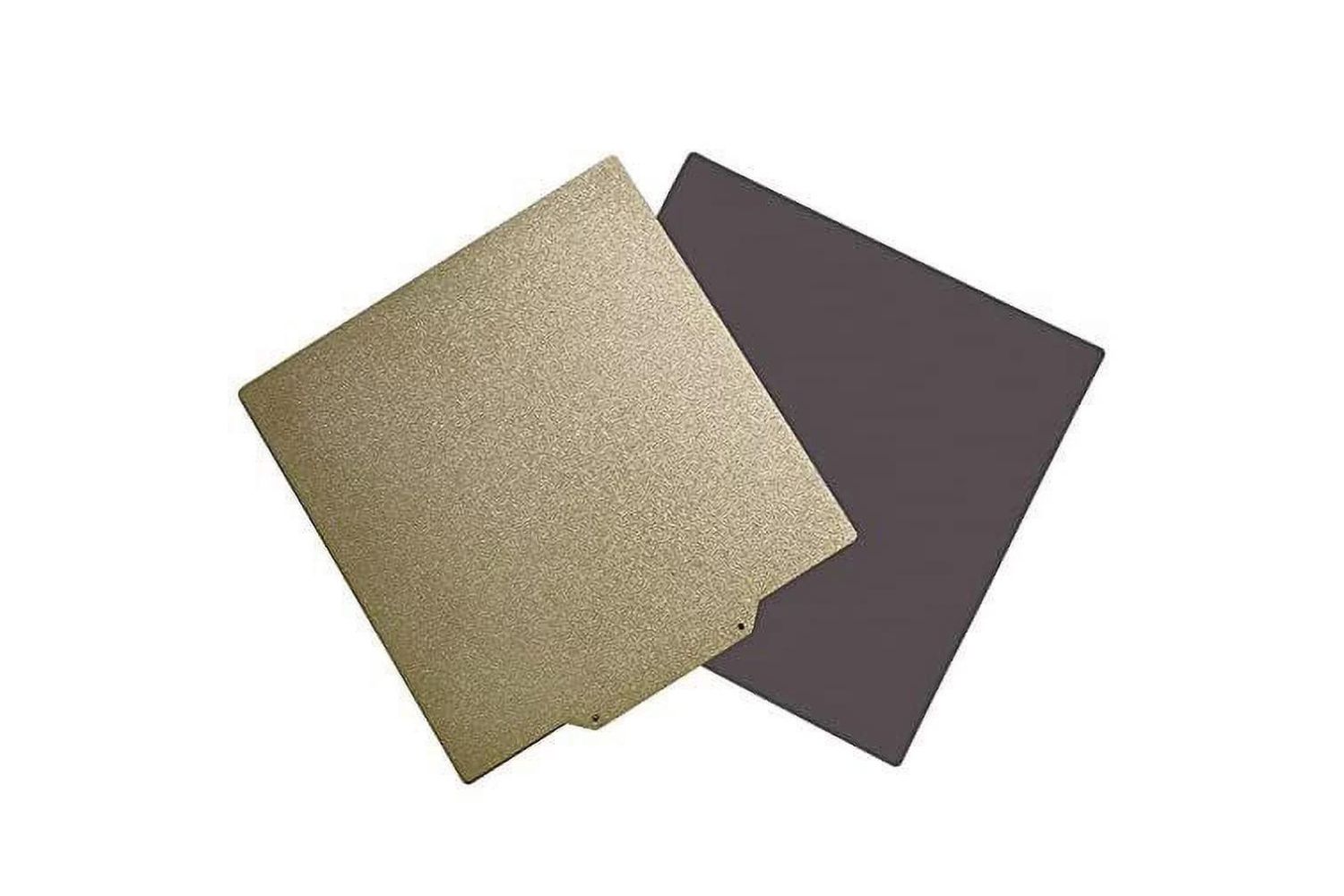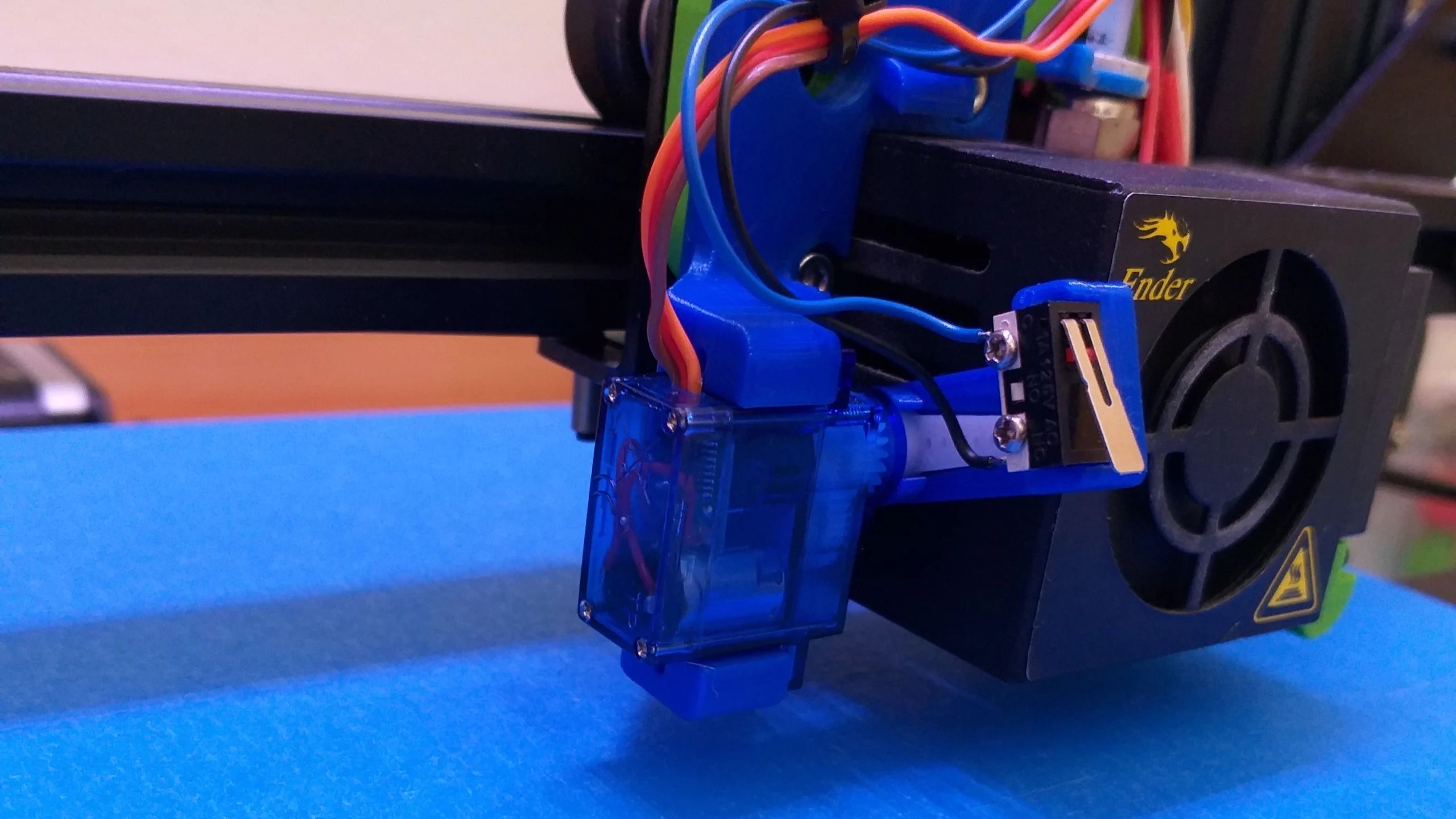Introduction
Welcome to the world of 3D printing, where you can turn your digital creations into tangible objects. Whether you’re a hobbyist or a professional, owning a 3D printer brings endless possibilities. But to ensure the best print results, it’s vital to keep your 3D printer in good working condition, including cleaning the magnetic bed.
The magnetic bed is an essential component of a 3D printer. It provides a stable, flat surface for your prints and makes it easier to remove them once they’re finished. However, over time, the magnetic bed can accumulate debris, adhesives, and residue from previous prints, affecting print quality.
Cleaning the magnetic bed is a simple but crucial maintenance task that every 3D printer owner should perform regularly. By doing so, you’ll not only maintain the longevity of your magnetic bed but also ensure optimal adhesion for future prints.
In this guide, we’ll walk you through the importance of cleaning your 3D printer magnetic bed, the tools and materials you’ll need, and a step-by-step process to clean it effectively. We’ll also address common issues and provide troubleshooting tips along the way.
So, let’s dive in and discover how to keep your 3D printer’s magnetic bed in top-notch condition for flawless prints!
Why Cleaning a 3D Printer Magnetic Bed is Important
Keeping your 3D printer magnetic bed clean is vital for several reasons. Let’s explore why this maintenance task is so crucial:
- Improved Print Quality: A clean magnetic bed ensures better adhesion between the print bed and the first layer of your 3D print. This results in more accurate prints with crisp details and fewer failed prints due to poor adhesion.
- Prevents Filament Contamination: Debris, leftover adhesives, and residue from previous prints can contaminate the filament. When this contaminated filament is used to print, it may lead to defects, irregularities, or clogged nozzles. Cleaning the magnetic bed helps prevent these issues and ensures a smooth printing process.
- Extends Magnetic Bed Lifespan: Regularly cleaning the magnetic bed helps to remove accumulated particles that can scratch or damage the surface. By keeping the bed clean, you improve its longevity and ensure that it remains in optimal condition for future prints.
- Prevents Warping and Detachment: As prints stick to the magnetic bed during the printing process, any irregularities or contaminants on the bed can cause warping or detachment of the print. Cleaning the bed ensures a clean and flat surface, minimizing the risk of print failures.
- Supports Consistent Print Results: When the surface of the magnetic bed is clean and free from residue, each print starts on an equal footing. This consistency is crucial for achieving predictable and repeatable results, enabling you to fine-tune your print settings and maximize your 3D printing success rate.
By prioritizing regular cleaning of your 3D printer magnetic bed, you’ll experience improved print quality, greater reliability, and longer-lasting equipment. Now that we understand the importance of cleaning, let’s move on to the tools and materials you’ll need for this task.
Tools and Materials Needed for Cleaning
To effectively clean your 3D printer magnetic bed, you’ll need a few basic tools and materials. Here’s a list of what you’ll need:
- Isopropyl Alcohol (IPA): IPA is a commonly used cleaning agent that effectively removes oils, residues, and adhesives from the surface of the magnetic bed. Look for high purity (90% or higher) IPA for best results.
- Clean Microfiber Cloth or Paper Towels: These will be used to apply and wipe off the IPA without scratching the surface of the magnetic bed.
- Scraper or Spatula: A plastic or metal scraper or spatula can be helpful for gently removing any stubborn debris or adhesive residue from the bed.
- Magnetic Bed Protector: A magnetic bed protector is an optional but highly recommended accessory. It serves as a protective layer on top of the magnetic bed, making it easier to remove prints and minimizing the risk of damage to the bed itself.
- Latex or Nitrile Gloves: Wearing gloves during the cleaning process helps to keep oils from your hands off the magnetic bed and avoids potential fingerprints or smudges.
- Plastic Spray Bottle: This will be used to store and apply the isopropyl alcohol during the cleaning process.
- Soft Bristle Brush: A soft bristle brush can be useful for removing smaller debris or particles that may be stuck on the magnetic bed.
These tools and materials are readily available and affordable, making the cleaning process accessible to all 3D printer owners. Now that you have everything you need, let’s move on to the step-by-step guide for cleaning your 3D printer magnetic bed.
Step-by-Step Guide to Cleaning a 3D Printer Magnetic Bed
Cleaning your 3D printer magnetic bed is a straightforward process that can be done in just a few simple steps. Follow this step-by-step guide to effectively clean your magnetic bed:
- Prepare the Work Area: Start by ensuring you have a clean and clutter-free workspace. This will prevent any accidental spills or damage to your printer during the cleaning process.
- Remove the Print Surface: If your magnetic bed has a removable print surface, carefully detach it from the printer according to the manufacturer’s instructions. This will make it easier to clean and prevent any damage to delicate components.
- Inspect the Magnetic Bed: Take a close look at the magnetic bed to identify any visible debris, adhesives, or residue. Make note of any areas that require extra attention during the cleaning process.
- Prepare the Cleaning Solution: Fill a plastic spray bottle with isopropyl alcohol (IPA). Ensure the nozzle is secure and the bottle is not leaking. This will be used as the cleaning solution for the magnetic bed.
- Apply the Cleaning Solution: Spray a generous amount of isopropyl alcohol onto a clean microfiber cloth or paper towel. Gently wipe the entire surface of the magnetic bed, paying extra attention to any identified problem areas. Take care not to apply excessive pressure that could damage the bed.
- Remove Stubborn Debris: If there are any stubborn debris or adhesive residues on the magnetic bed, use a plastic or metal scraper or spatula to gently scrape them off the surface. Be cautious not to scratch or damage the bed.
- Brush Away Remaining Debris: Use a soft bristle brush to sweep away any remaining debris or particles from the magnetic bed. Be thorough but gentle to avoid scratching the surface.
- Wipe Clean: Using a clean part of the microfiber cloth or a fresh paper towel, wipe the magnetic bed one final time to remove any remaining residue or cleaning solution.
- Reassemble and Test: Once the magnetic bed is clean and dry, reassemble it according to the manufacturer’s instructions. Before starting a new print, perform a test print to ensure the bed is properly cleaned and ready for use.
Following these steps will help keep your 3D printer magnetic bed in optimal condition and ensure consistent and reliable print results. In case you encounter any issues or need troubleshooting tips, we’ll address common problems in the next section.
Troubleshooting and Common Issues
While cleaning your 3D printer magnetic bed is generally a straightforward process, you may encounter certain issues or challenges along the way. Here are some common problems and troubleshooting tips to help you overcome them:
- Poor Adhesion: If you notice that your prints are not sticking to the magnetic bed, ensure that the bed is clean and free from any residue or debris. Additionally, check your print settings to ensure the proper bed temperature and filament adhesion settings are selected.
- Excessive Bed Damage: If you find that your magnetic bed is getting damaged or scratched during the cleaning process, consider using a magnetic bed protector. This additional layer of protection can prevent direct damage to the bed surface and make it easier to clean.
- Residual Stains: In some cases, you may still notice residual stains or marks on the magnetic bed after cleaning. This could be due to stubborn residues that require more thorough cleaning or a sign of wear and tear on the surface. If the stains persist, consult the manufacturer for further assistance or consider replacing the magnetic bed.
- Prints Detaching Midway: If your prints are detaching from the magnetic bed during the printing process, ensure that the bed is clean and free from any debris. Consider adjusting the bed temperature or using additional adhesion methods such as a brim or raft to improve print adhesion.
- Prints Not Leveling Properly: If your prints are not leveling properly on the magnetic bed, ensure that the bed is properly leveled before starting the print. Follow your printer’s leveling instructions carefully to ensure a flat and even surface for printing.
Remember, troubleshooting can vary depending on the specific printer model and the issues you encounter. Consult your printer’s manual or the manufacturer’s support resources for more detailed troubleshooting steps tailored to your specific printer.
By addressing these common issues and following the proper maintenance and cleaning practices, you’ll be able to maintain a clean and functional 3D printer magnetic bed, resulting in higher quality prints and a more enjoyable 3D printing experience.
Conclusion
Cleaning your 3D printer magnetic bed is a crucial maintenance task that should not be overlooked. By regularly cleaning the magnetic bed, you can achieve improved print quality, prevent filament contamination, extend the bed’s lifespan, and support consistent print results.
In this guide, we covered the importance of cleaning the magnetic bed, the tools and materials needed for the cleaning process, and provided a step-by-step guide to effectively clean your 3D printer magnetic bed. We also discussed common troubleshooting tips for addressing issues that may arise during the cleaning process.
Remember, maintaining a clean and well-functioning magnetic bed is essential for successful 3D printing. By following proper cleaning techniques and addressing any issues that arise, you can ensure optimal print results and prolong the life of your 3D printer.
So, take the time to clean your 3D printer magnetic bed regularly, and enjoy the satisfaction of flawless prints and a smoothly functioning printing process. Happy printing!







